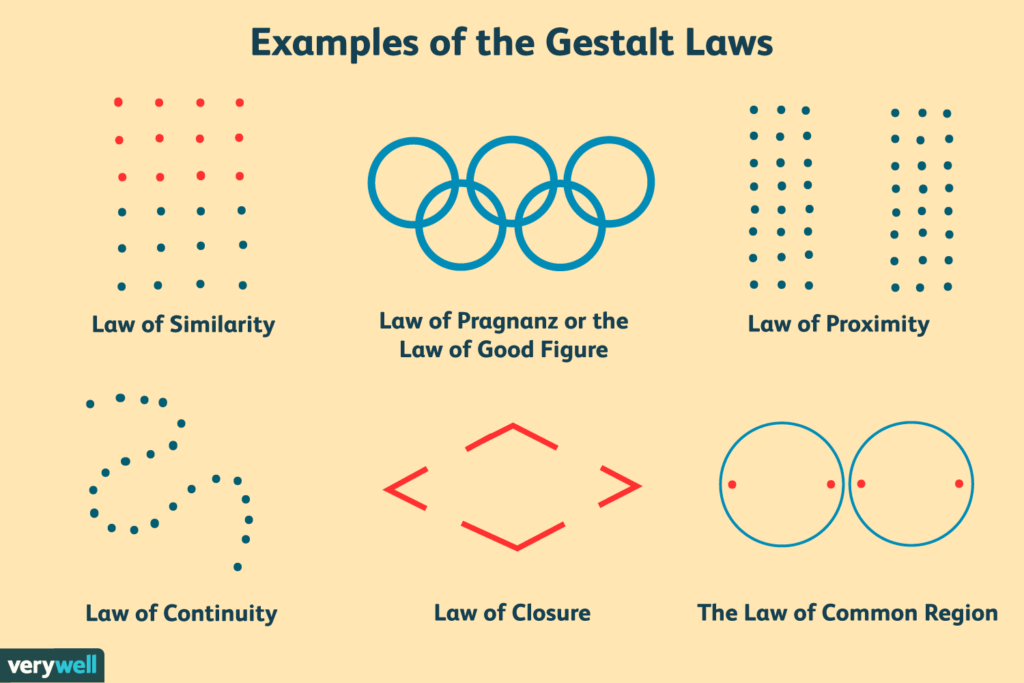AI, as in Artificial intelligence, a powerful and knowledgeable tool, when you give an artificial intelligence a command, it will give you an answer in a few seconds that would take you a lot of time to obtain. This may seem a little bit scary, the fact that AI will replace human being in many jobs have been overly spread between people.
In the video, Fei Fei Li talked a lot of information and what she think about Artificial intelligence, I highly agree with her point on the statement, AI would not replace human being, she strongly advocates for AI that complements and augments human capabilities rather than replaces them. AI is a great inventory or an discovery, it will make life easier for human being, but for now it should serve what men thinks and that human values must guide its development.
She thinks that AI should not be an competitor to humans, and people must not fear the rise of the AI. People should be seeing it as a useful tool, and erase the concerns about losing our jobs. She argues that AI’s development should be inclusive and diverse, with diverse stakeholders involved in shaping its future.
Me myself tired many times using the AI, for example like ChatGPT, I was really amaze by the capability it can do, and I think with an AI, I can do much more things faster and more accurate, but in top of that, I was the one that is giving it idea and concepts, more like a boss to an employee. AI served me good, and I also think artificial intelligence will make people life more easier instead of replacing human’s life. We add meaning to a tool, not let the tool lead us.

